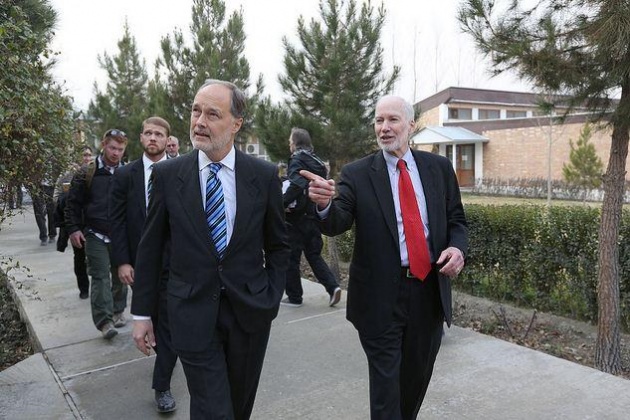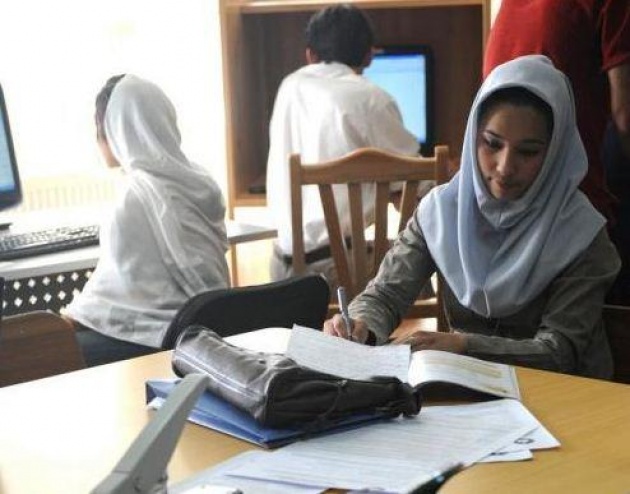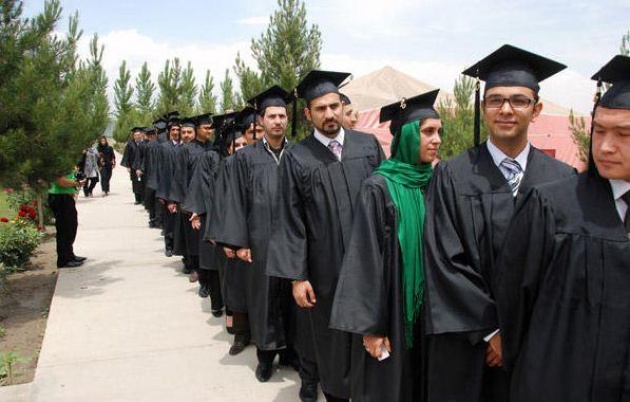Considering the educational situation in Afghanistan in the past up to now, one can easily perceive the dramatic change and an increase in number of schools and students. It took more than 3 decades of war that again Afghans got the opportunity to go on their education and build a prosperous future. It is taken for granted that elementary and secondary educations are still not in a desired condition but what is encouraging is the tangible and gradual improvement toward a prefect and a more satisfying education, which to a lot extend, is attributed to higher educations. As more and more students become undergraduates annually, the teachers and instructors of schools become more competent and more experienced in terms of fostering pupils in a desired manner and prepare them for a better future. There are a number of reasons why higher educations are subject to a lot of improvement such as students’ thirst for prosperity, governmental strategies for leading the youth toward acquiring education, and foreign countries’ aids in building and helping Afghanistan’s educations.

A good example of foreign aids and dedications in terms of Afghan’s education is AUAF University led by Dr. C. Michael Smith, who has served his role as a good assistant and leader to the people of Afghanistan. “Afghanistan’s higher education system suffered tremendously following the Soviet occupation of 1979 and the subsequent wars and civil conflicts of the 1980s and 1990s. Even with the return of representative government and greater stability, higher education in Afghanistan has seen a lack of investment and development. To address this need, the United States Government, through USAID, joined the Ministry of Higher Education, Afghan business leaders, and private donors in Afghanistan and abroad to establish the American University of Afghanistan (AUAF).” (Retrieved on March 21, 2013). This is something that all Afghans may be thankful about and be optimistic in the process of long-term aids of the United States, because in this way Afghans will be self-sufficient and able to stand on their own feet in the near future. One good feature of this University is the co-educational system in which both boys and girls get the opportunity to continue their studies and also serves as a good model for other institutes and universities. Another characteristic that is exclusive to AUAF University is paving the ground for students to even further their studies to higher and higher levels as those of M.As and PHDs in foreign countries in scholarships or other programs.

Then by having such opportunities and a good image of their future, students’ thirst for education increase and each tries his/her best to achieve their goal which is of course is betterment of their lives and consequently their society. “What I have seen and learned here has given me courage. Now I want to open my own computer business in Kabul.” Said Mariam Jawad, student at the USAID funded American University of Afghanistan. Like her hundreds of other students are to build a prosperous future not only to themselves but also to the people of Afghanistan. Afghan’s students have always proven that they can be the best in terms of hardworking and perseverance till getting to their desired goal. This commitment comes from their bitter experience of a war-torn country which now has embarked on rebuilding and organizing from the very beginning to the peak of success. One can hardly find students in other countries to work beside studying in higher education, but here students have to work hard and do their best to educate themselves which shows their interest and hardworking. The government role here is crucial; as it should utilize this chance to build strategies effective enough to exploit the situation to the utmost and encourage the students to join to the educational system of the country. Although it appears that the government has done quite good as the number of private universities and institutes are increasing and more people get the chance to attend education, but it plan better methods to prepare the opportunity to the more deprived families either. “It should try to facilitate equitable access to higher education to all who are academically qualified, establish innovative institutions that provide high quality teaching, research, and service; produce graduates who are competitive in a global economy; contribute to economic growth, social development, nation building, and the stability of the country.” ( retrieve on March 21, 2013)




